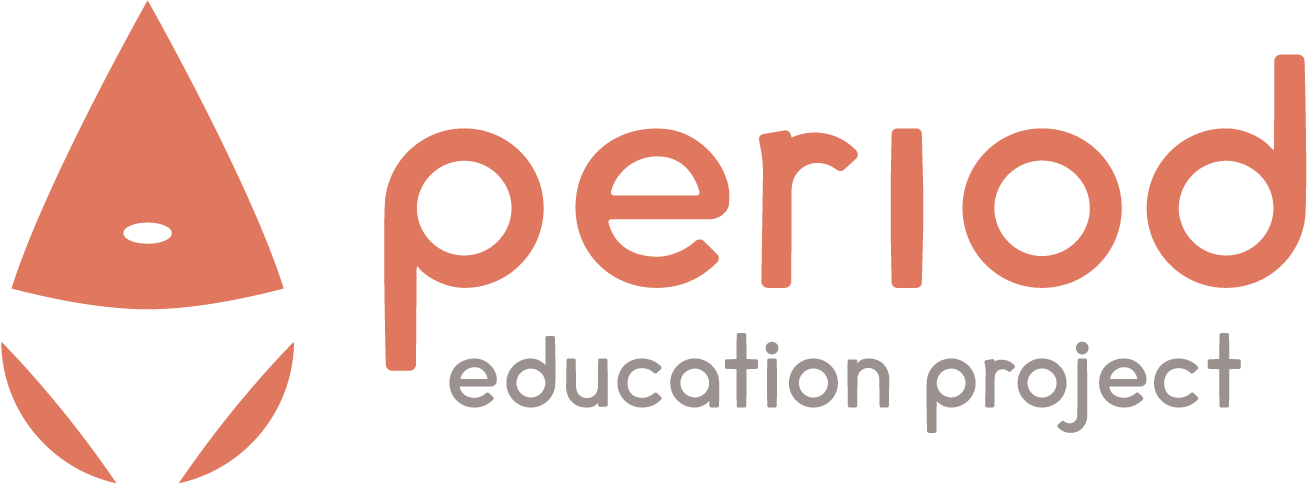Emma Lakey and Isabella Martingano, Pro’s from Tilman J. Fertitta Family College of Medicine University of Houston

Isabella Martingano, Period Pro

Emma Lakey, Period Pro
Have you ever wondered about the warning on your box of tampons, or felt hesitant to use menstrual products because you’ve heard they might cause you harm? One such concern you may have heard of is Toxic Shock Syndrome (TSS). Let’s delve into what TSS is and how it relates to menstrual products like tampons.
Toxic Shock Syndrome (TSS) is a rare but serious condition caused by bacteria, most commonly, Staphylococcus Aureus. Interestingly, these bacteria are often found on the skin, in the nose, armpits, and vagina without causing any problems, but under certain circumstances, can grow out of control and release a toxin. It is the toxin made by the bacteria that causes TSS, rather than the bacteria alone or the presence of a tampon.
Bacteria thrive in areas that are dark, warm, and moist, and unfortunately, the vagina is a perfect spot for this. By leaving a period product (tampon, menstrual cup, etc) in for too long, the bacteria have a chance to over-grow and produce large amounts of the TSS toxin, which then enters the bloodstream. This toxin makes you feel like you’re getting the flu at first. Some examples of the symptoms include high fever and chills, body or joint aches, nausea, vomiting, diarrhea, sore throat, headache, dizziness/confusion and even fainting. It can also cause a rash on the palms of your soles and hands, kind of like a sunburn. It progresses quickly!
Untreated, this can lead to life-threatening situations like shock and organ failure. Sounds scary, right? However, TSS only affects 1 in every 100,000 people. This means that it is pretty rare, and fortunately, there are ways to decrease the risk of this happening to you.
You may be wondering, “if it’s so rare, and easily preventable, why is there so much fear surrounding TSS?” During the 1980s, there was a peak in TSS cases and deaths, primarily due to tampons designed for increased absorbency. While these tampons were effective at preventing leakage, they also acted as a hotbed for bacterial growth. Ingredients such as polyester, carboxymethylcellulose, and polyacrylate rayon, which were used in these tampons, were associated with higher production of the TSS toxin. Thankfully, these ingredients have since been replaced with safer alternatives. Yay for modern science!
Here are 5 tips to decrease the risk of TSS:
- Avoid leaving a tampon in for longer than 8 hours or a menstrual cup for longer than 12 hours. A saturated tampon is a place where bacteria can grow quickly.
- Consider using pads or period underwear for bedtime. The vagina doesn’t know the difference between night and day (it’s always pretty dark in there) but it’s easier to remember to change your tampon on time during the day.
- Use the lowest absorbency tampon that will manage your flow. Using a higher absorbency tampon than your flow requires increases the risk for TSS by drying out the vagina which can cause tiny tears in the vaginal walls that allow the toxin to enter the bloodstream.
- Set reminders on your phone to help you remember when to change out your period product.
- Always wash your hands before and after a pad change, and with tampon or menstrual cup insertion/removal to prevent the spread of bacteria.
Although TSS is serious, it is very treatable- especially when diagnosed early. One of the biggest mistakes people make about their health is ignoring symptoms and waiting too long to seek help. If you have any concern that you might have TSS while using a tampon, you should remove your tampon, get immediate medical attention, and tell the healthcare provider you are worried about TSS.
By taking these precautions and staying vigilant about your period health, you can feel safe and confident using menstrual products and remain in control of your health!
References
American Academy of Family Physicians. (January 22, 2019). Toxic Shock Syndrome. https://familydoctor.org/condition/toxic-shock-syndrome/
Berger S, Kunerl A, Wasmuth S, Tierno P, Wagner K, Brügger J. Menstrual toxic shock syndrome: case report and systematic review of the literature. Lancet Infect Dis. 2019; 19(9): p.e313-e321. doi: 10.1016/s1473-3099(19)30041-6
Centers for Disease Control and Prevention. (June 29, 1999). Historical Perspectives Reduced Incidence of Menstrual Toxic-Shock Syndrome — United States, 1980-1990. U.S. Department of Health and Human Services. https://www.cdc.gov/mmwr/preview/mmwrhtml/00001651.htm#:~:text=In%20May%201980%2 C%20investigators%20reported,multiple%20organ%20systems%20(2).
Cleveland Clinic. (n.d.). Toxic Shock Syndrome (TSS): Causes, Symptoms & Treatment. https://my.clevelandclinic.org/health/diseases/15437-toxic-shock-syndrome
Schlievert PM, Davis CC. Device-Associated Menstrual Toxic Shock Syndrome. Clin Microbiol Rev. 2020; 33(3). doi: 10.1128/cmr.00032-19

Recent Comments